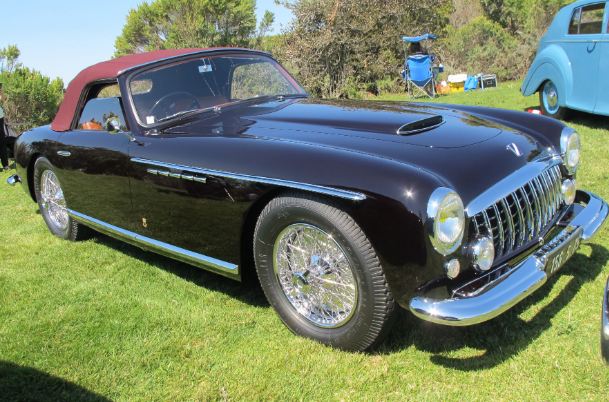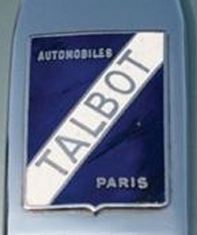Talbot-Lago was a small automobile manufacturer that was operated from 1916 to 1959. Because of the relatively short lifespan of Talbot-Lago, there were not a lot of units or models from the brand that exists today, and although most of them are rare, there was one particular model that was considered the rarest. This exquisite Talbot-Lago vehicle was the Grand Sport T26, which was manufactured from 1947 to 1948. To learn more about its rarity and appearance, here is the fascinating history of the Talbot-Lago Grand Sport.
Origins of the Grand Sport
The Grand Sport was introduced by Talbot-Lago in 1947, during the time when the company was experiencing financial problems. The instability of the company is said to have been caused by the aftereffects of World War II, as it was in that period that even the richest people are unable to buy luxury cars that are designed and manufactured by companies like Talbot-Lago. Nonetheless, Talbot-Lago stuck to its goals and continued to produce luxury cars in spite of the problems on its budget and sales.
The engine used for its predecessor, the Record T26, was utilized for the Grand Sport, and because of its smaller chassis, the Grand Sport was able to push the engine to 190 horsepower from the Record T26’s 170 horsepower. In addition, Talbot-Lago claimed that the vehicle achieved a top speed of 200 kilometers per hour, making it one of the fastest luxury cars during that era. However, the said top can only be achieved in certain bodies that are fitted to the Grand Sport. To test out its speed, it was used by famous French racing driver Louis Rosier along with his son in the LeMans 24 Hour race in 1950. Rosier and his was able to win the said competition while driving the Grand Sport.
Although Talbot-Lago made the bodies for almost all of their vehicles, they offered the Grand Sport to be a chassis-only car, and it is up to the buyer what body they would like to fit as the exterior of the vehicle. In the chassis, the Grand Sport features a 4.5 liter inline-6 aluminum cylinder head, a multiport exhaust system for better ventilation, a hollowed camshaft, and three carburetors. The details of the Grand Sport chassis was similar to the previous Grand Prix cars that Talbot-Lago made, but it was noticeably wider and longer.
Despite the financial woes of Talbot-Lago during the Grand Sport’s release, the company deemed the launch of the new car successful, but they only made twelve units from 1947 to 1948. It was reported that the company built the Grand Sport at a very slow pace, as they were having trouble sourcing and purchasing parts for the units. By the middle of 1948, they decided to move on from the Grand Sport to create the T26C, a single-seater racing car that sports the same chassis and gearbox found in the Record T26 and the Grand Sport.
The T26C was driven at the Monaco Grand Prix in 1948 by professional race car driver Louis Chiron. In that race, the T26C was able to finish second place. It was able to finish first place the following year when Louis Rosier drove it for the 1949 Belgian Grand Prix, and when Louis Chiron drove it for the 1949 French Grand Prix. A two-seater version of the T26C was driven by Louis Rosier and his son, Jean-Louis Rosier, and won first place in the 24 Hours of Le Mans in 1950. These wins that the T26C was able to collect from 1948 and 1950 proved that Talbot-Lago is still able to produce high-quality vehicles.
While Talbot-Lago was indeed producing fine vehicles, their financial problems cannot be hidden, as they were struggling even for producing cars at a faster pace. Because they have a slow production process, it prevented them from actually selling many cars, which resulted in the company’s debt becoming higher and higher in the 1950s. By 1951, Talbot-Lago applied for the government’s debt protection program, but the company would soon declare for its second bankruptcy in 1959. The owner of the company, Antonio Lago, was forced to sell the company to Simca, another car manufacturing company. Lago passed away the year after Simca bought Talbot-Lago, and although the cause of his death is unknown, some speculate that he dies of a broken heart for selling the company that he cherished since he bought it from his employers in 1936. After his death, the French government awarded Lago with the Legion d’Honneur, the highest French order of merit for civilians that was established by Napolean Bonaparte in 1802.
Today, a beautiful working T26 Grand Sport is located in Germany, and it was bought by a collector for $435,000. This particular Grand Sport vehicle has a red exterior and light gray interior.


